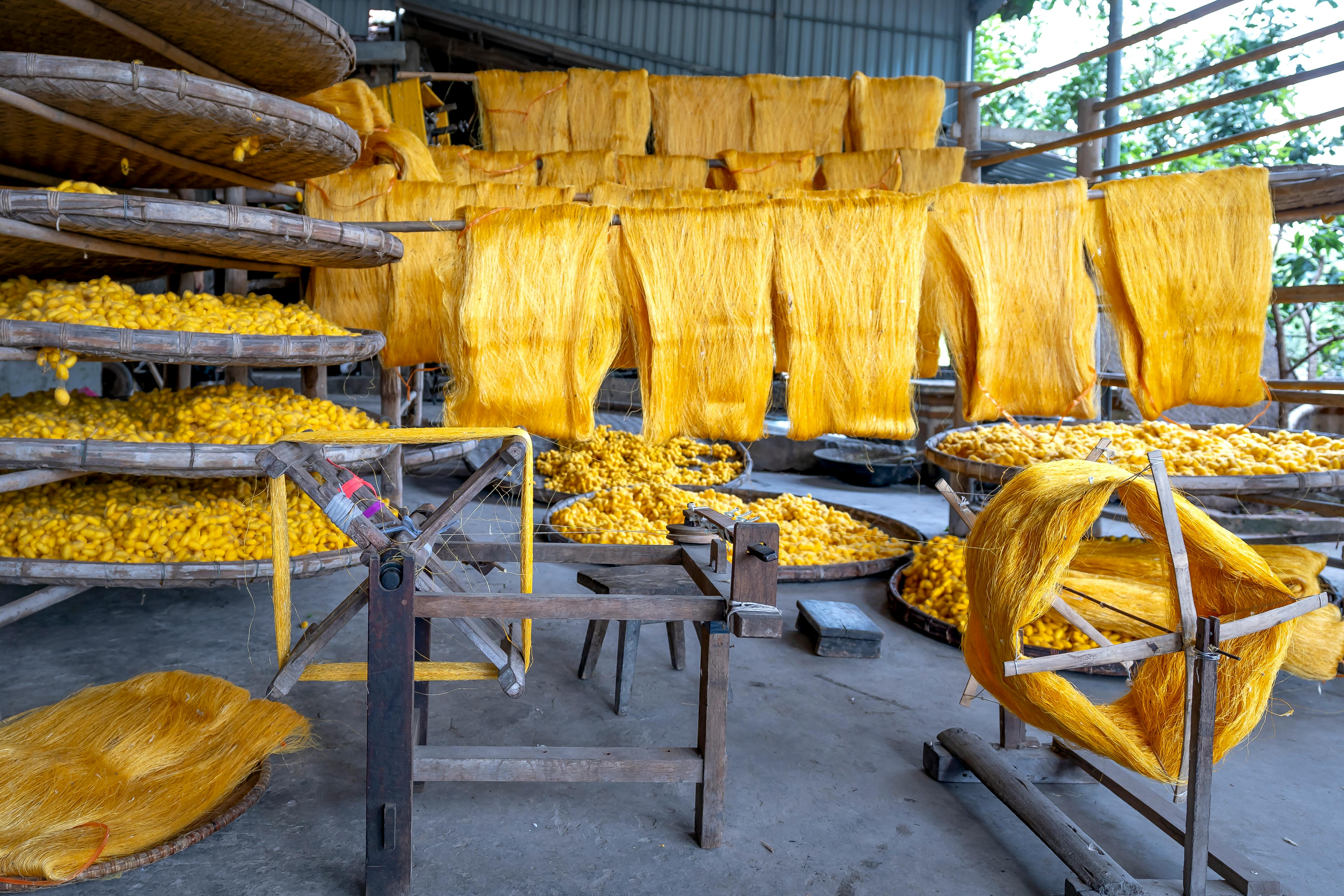Every day we hear more and more about HDTV. Watching your local channels like
ABC, NBC, CBS, and FOX, you may have noticed that all of these stations now
The transmission is HDTV. So what exactly is HDTV or High Definition TV and why
better than broadcast signals of the past.
Basically, high definition means that the signal is transmitted from the source at a higher level.
resolution. This also means that the video should be captured initially with a higher
resolution. Television signals until recently have always worked on an analog.
sign. With an analog signal, a 6 MHz analog signal (as opposed to digital) carries
the information needed to display the images on your television. In the U.S. All
Analog signals have 525 scan lines for images. Now these scan lines are
updated every 30 of a second, which is fast enough that the human eye cannot
observe the changes. Along with this, the analog signals are interlaced, which means
they have of the lines change every 16 of a second and then the other half changes
and the next 16. The horizontal resolution for analog signals in regular
televisions is comparable to a computer screen with a resolution of 640X480 pixels
or basically 525 lines of resolution.
Now, for the last 10 years, we have all heard of digital television, digital cable or
Digital satellite signals. These digital signals provided clearer and more detailed information.
image than the old analog signal because more information can be obtained
transmitted through a digital signal. HDTV is just a very detailed digital signal
capable of producing images with resolutions up to 1080 lines of resolution. This is
almost double the resolution we’ve been seeing for the last 70 years.
But HDTV doesn’t have to be 1080 lines of resolution.
There are currently 3 formats available for HDTV:
720p: 1280 x 720 pixels are progressively scanned (all pixels change at the same
time instead of interlaced where half are changes and then the other half)
1080i: 1920 x 1080 pixels are interlaced
1080p: 1920 x 1080 pixels are progressively scanned (this format offers the largest
detailed picture)



